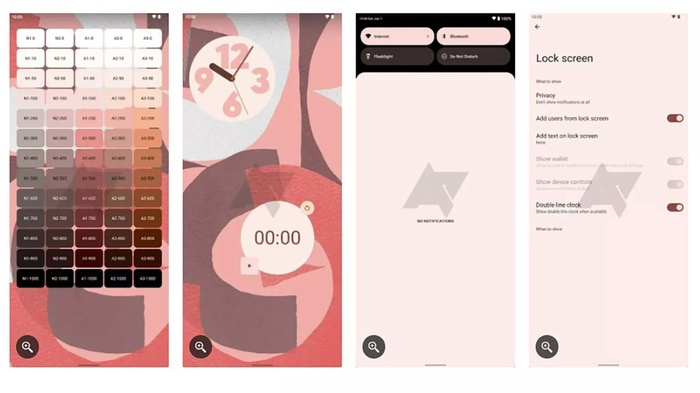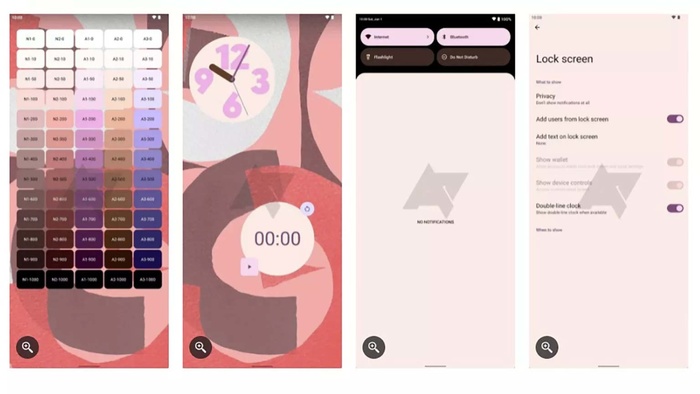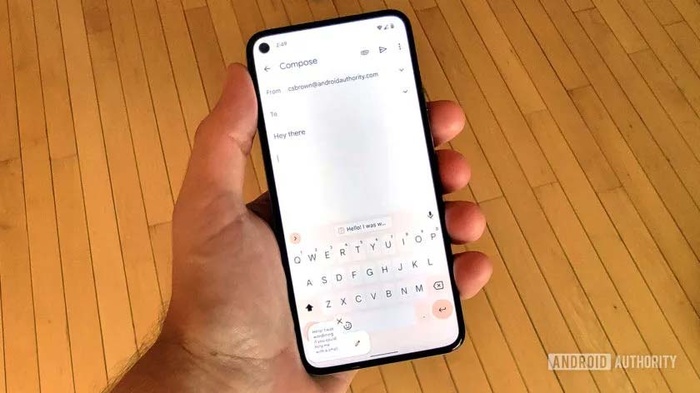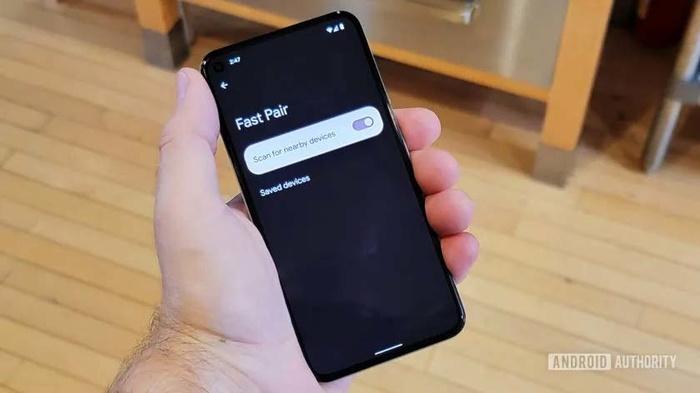Android 13 is a version with huge changes. Today, let’s take a look at the new system and new features brought by the foreign media Android Authority, as well as the current valuable news of Android 13. Let’s look forward to it together!
Android 13 codename and release date
Google has always used the habit of naming Android systems with desserts. In the first Android 13 developer preview, it can be observed that the code name of Android 13 is “Tiramisu”, and the initial “T” also conforms to the Android naming rules.
As for the release date of Android 13, Google has previously shared a release schedule. According to the information in the table, Android 13 has at least two developer preview versions and four beta versions, and the official version will be released stably sometime in August 2022. Of course, there are still variables in all of this.

Design changes in Android 13
Android 12 introduces the Material You design language, one of Android’s most significant UI overhauls in years. The new UI supports more user-friendly customization options, introduces wallpaper-based palette controls, and more intuitive animations. Android 13 doesn’t appear to be a big change in this regard, but Google will still bring new features and design tweaks.
Auto theme icon
In Android 13, the system can automatically set the icon style according to the theme to match the system visual style. However, this new feature is only available on Pixel devices, and it may only take effect in icons that conform to the Material development specification, with limited utility.

Richer Material You theme options
According to previous rumors, Android 13 can provide four color palettes related to specific or complementary tones to provide new color theme options. and was confirmed in the second developer preview of Android 13, but this version of the system did not activate the feature.

TONAL_SPOT

VIBRANT

EXPRESSIVE

SPRITZ
These new color themes include TONAL_SPOT, VIBRANT, EXPRESSIVE and SPRITZ. The first two color themes are similar to the current Android 12, but the latter two are quite different. The color orientation of the EXPRESSIVE theme seems to lean toward colors that don’t come directly from the wallpaper, while “SPRITZ” uses more grayscale, neutral tones.
new lock screen clock
Android 13 allows users to switch between two clock styles on the lock screen, and users can choose a single-line or double-line layout.
New Now Playing controls
The Now Playing controls that appear in the notification area have been redesigned, the album art will now occupy the entire background of the controls, and the button layout is different. In the first beta of Android 13, the progress bar was also seen to create a wobbly line as the song played.
Feature improvements in Android 13
Android 12 introduces several new utilities, including built-in scrolling screenshot support and one-handed mode, a smarter auto-rotate setting, and an app search feature. So what’s new in Android 13?
A more intuitive QR code scanner
The first developer preview of Android 13 introduced a quick button for scanning QR codes, and the second developer preview activated the feature, making scanning QR codes more convenient.

Native Bluetooth LE audio support
Android 13 supports low-power Bluetooth audio Bluetooth LE, and also supports LC3 Bluetooth audio encoding. Listening to music with bluetooth earphones can save more power.
Completely silent mode
In the previous silent mode, the phone still vibrated. But in Android 13, silent mode disables vibration and the phone is completely silent.
Smart Media Sharing
Media discovered a click-to-transfer “TTT” system in Android 13, where users can pass media control from their Android device to other devices. It’s unclear how the feature will work, but it will likely use short-range wireless technology such as NFC or UWB. However, the news is not very reliable, we should treat it with caution.
New audio output selector
Android 13 has redesigned the audio output selector to better fit the Material You design language, and it is more intuitive to switch output devices when playing sounds.

Apply language selector
In Android 13, the language can be set for each app, separate from the system language setting, as seen in the first developer preview.
Multi-user NFC payment support
Android 13 could allow multiple users on a device to set up their own NFC payment services in their respective profiles.
Improved clipboard editor
When cutting or copying certain text in Android 13, you will see a new alert box in the lower left corner. This allows the user to visualize what’s on the clipboard, and can quickly tap the pencil icon to edit that text.

Smart Home Control
In Android 13, controlling your smart home doesn’t require unlocking your phone. After making relevant settings, the lock screen interface can be switched to the smart home switch. However, this option is turned off by default to protect privacy and security.
Quick match equipment
Android 13 introduced the Quick Match feature, which can quickly pair your phone with accessories such as Bluetooth headsets without the need to manually add them.

Privacy and Security with Android 13
With every new Android release, there is a greater focus on security and privacy, and Android 13 is no exception.
new photo picker
Selecting a photo in Android 13 will call the components of the Android system itself to read the photo, instead of calling a third-party App. This feature will not only appear in Android 13, Google will place it in the Play Store and push it to Android 11 and Android 12 devices.

Nearby WiFi permissions
In Android 12, if an app wants to locate a nearby WiFi device, it will call the location permission, which is unnecessary and unsafe. In Android 13, Google introduced the new NEARBY_WIFI_DEVICES permission, which can be called by the application to locate nearby WiFi, and the location information of the device is no longer required.
Notification permission
In Android 13, if an app wants to send a notification, it needs user authorization. In this way, the situation that the App sends notifications indiscriminately will be curbed.

storage media permissions
In Android 12, if an app wants to ask for media files stored locally, it needs to issue a request for permission. After the user authorizes the READ_EXTERNAL_STORAGE permission, the app can access various media, not just specific media. But in Android 13, users need to authorize the missing storage media, for example, the music player can only be granted access to audio media.

Internal improvements in Android 13
At present, some details indicate that there are also some adjustments inside Android 13, such as permission management and battery consumption.
Android power optimization
Word has it that Android 13 introduces TARE Power Optimization, a more sophisticated, credit-based power management system that allows or disallows tasks requested by apps based on the device’s battery level. However, there is not much information to disclose on this point.
Other improvements in Android 13
·Optimize Japanese typesetting to make it more readable and elegant.
· Non-Latin scripts (Tamil, Burmese, Telugu, Tibetan, etc.) now have more reasonable adaptive line height, which will prevent the bottom of characters from being cut off.
Users who use Pinyin alphabets (e.g. Chinese, Japanese users) can now search and use auto-completion text more easily, thanks to the new text conversion API integrated in Android 13.
· Fonts and emojis will get COLRv1 rendering support. This will render quickly and look great at almost any size.

